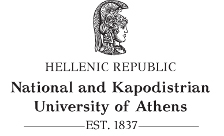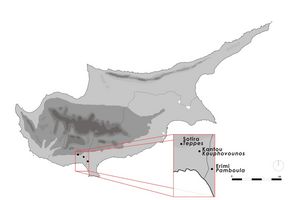AIMS AND OBJECTIVES
The main objective of the NCCP is to provide new insights into long debated issues regarding the socio-economic development of Cypriot communities during the 5th and 4th millennium BC. In order to achieve this scope, the project focuses on a region (Kouris valley, Limassol district) exhibiting diachronic habitation. The working hypothesis is that social organisation and everyday practices were not markedly different throughout the period under examination, and that continuity in several socio-economic and material aspects is the prominent theme. This would challenge theoretical schemes supporting cultural diffusion and social collapse, and would favour intra-island perspectives emphasising continuity.
The area under study comprises two of the most significant Cypriot sites of the period. More specifically, Sotira Teppes was considered for many decades as the type-site of the “Sotira Culture” (Ceramic Neolithic period). Similarly, the so-called “Erimi Culture” (Chalcolithic period) was named after the site of Erimi Pamboula. It is noted, that both excavations are quite old and that their interpretation follows, by and large, the culture-historical paradigm. Nevertheless, the 1933-1935 excavation at the settlement of Erimi remains the only published Chalcolithic excavation in the wider Limassol area. Moreover, Sotira and the third case study site of Kantou Kouphovounos are two of the few Ceramic Neolithic sites that are extensively excavated. The fact that the three sites are situated within the same area offers the opportunity for a diachronic comparative analysis on a regional level.
A further objective of the NCCP is to provide a comprehensive view of the socio-economic situation within Ceramic Neolithic and Chalcolithic Cypriot communities based on published and unpublished material, as well as on new analyses of old assemblages. A related future goal is to assess the main economic strategies followed and to contribute to the debate concerning human mobility versus permanent habitation. The role of the household within the wider community, as well as the social dynamics involved, constitute further issues to be challenged. The project approaches habitual behaviours and everyday practices as they are portrayed in the archaeological record. The themes under examination comprise human diet, use of settlement and dwelling space, technology and craft specialisation, production/consumption of material culture, as well as other key features of prehistoric societies.

